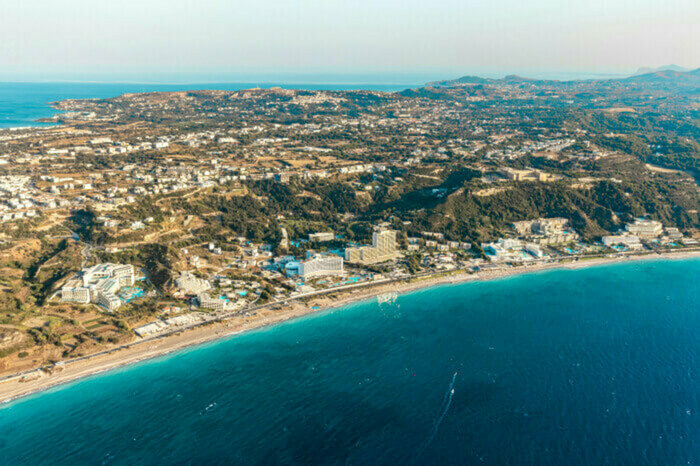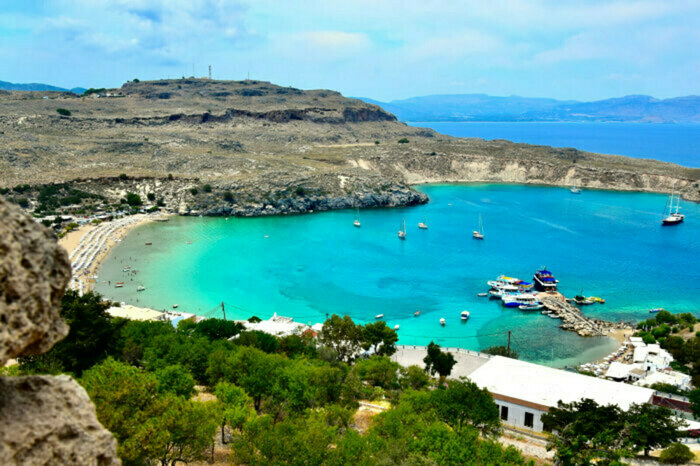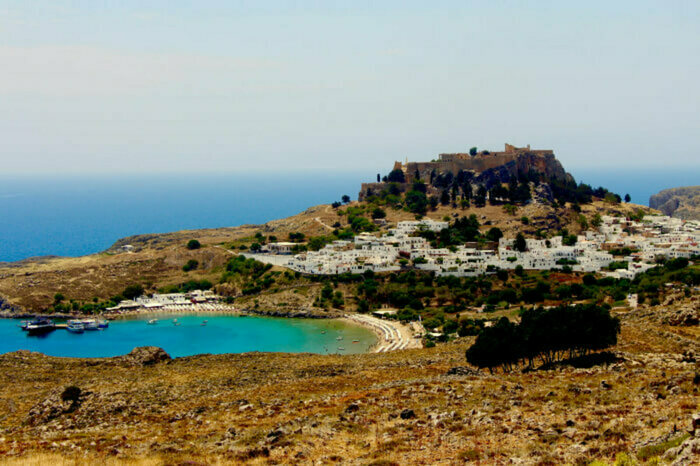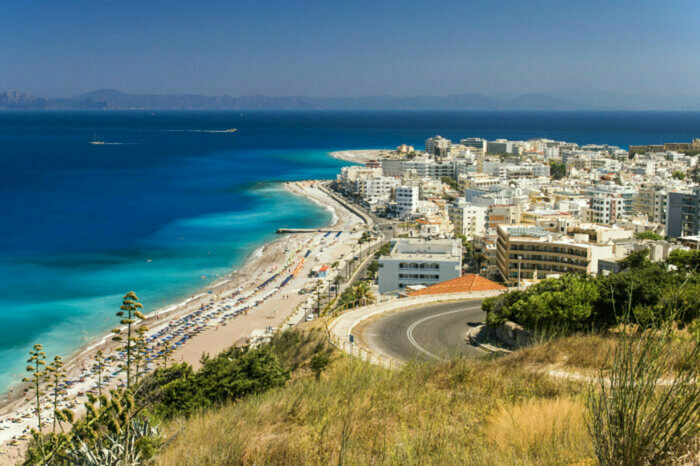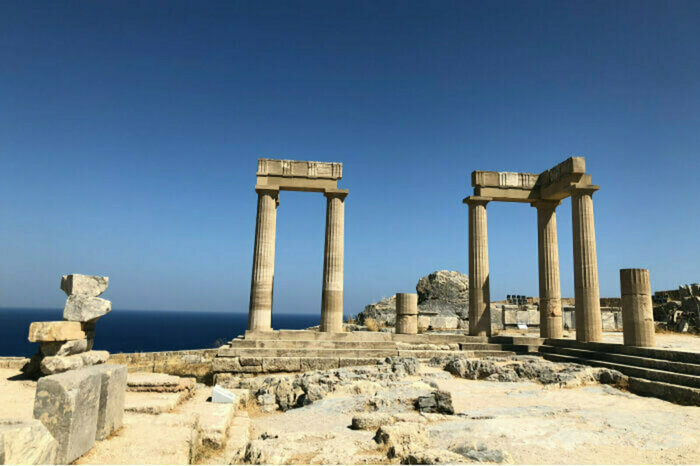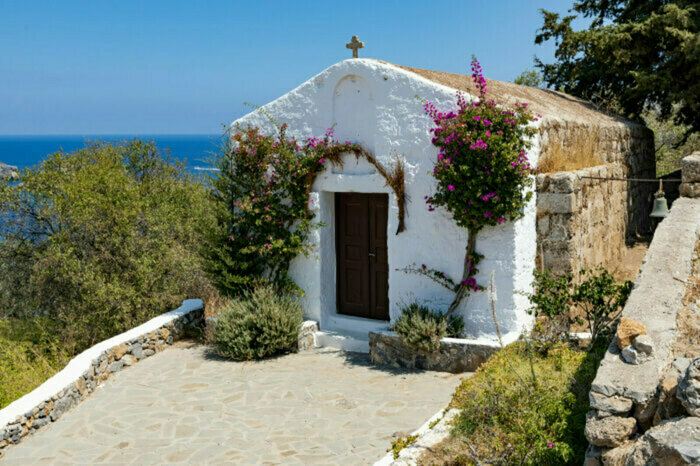Rhodes — the “emerald” island of the Mediterranean — blends captivating beaches and scenic coves with ruins of ancient cities, medieval fortresses, and natural treasures. This review highlights the most iconic cultural and historical places worth visiting if you’re planning a trip to this sunny, enchanting Greek island.
Sights & highlights of Rhodes Island
Rhodes Island (Rhodes), in the southeast of Greece, has long been a center of trade and seafaring. Close to modern-day Turkey, it sat on the route from Europe to Asia Minor and, thanks to its mild climate, attracted many conquerors — Arabs, Saracens, Crusaders, Ottomans, and Italians. Alongside its coastal beauty, rocky mountains and green valleys, you’ll find a wealth of historic monuments from different eras.
Top 15 places in Rhodes, based on traveler reviews:
Top 15 attractions in Rhodes
Most highlights line the coastline — the sea shaped the island’s story. Others are tucked away in mountains and forests. Here are Rhodes’ most emblematic and unusual places.
Rhodes Fortress
What to see first? While the island was inhabited since prehistoric times, the Crusaders left the most visible mark. From 1309 they held Rhodes and built the famed fortress. Now a UNESCO World Heritage site and the island’s star attraction, it once housed the Grand Master of the Knights Hospitaller and stood “unconquered” for 213 years. After Ottoman and Italian periods (1522–1948) and restorations, the complex became part of the modern Hellenic Republic. The medieval Palace of the Grand Masters is great with kids, too. Tickets online here.
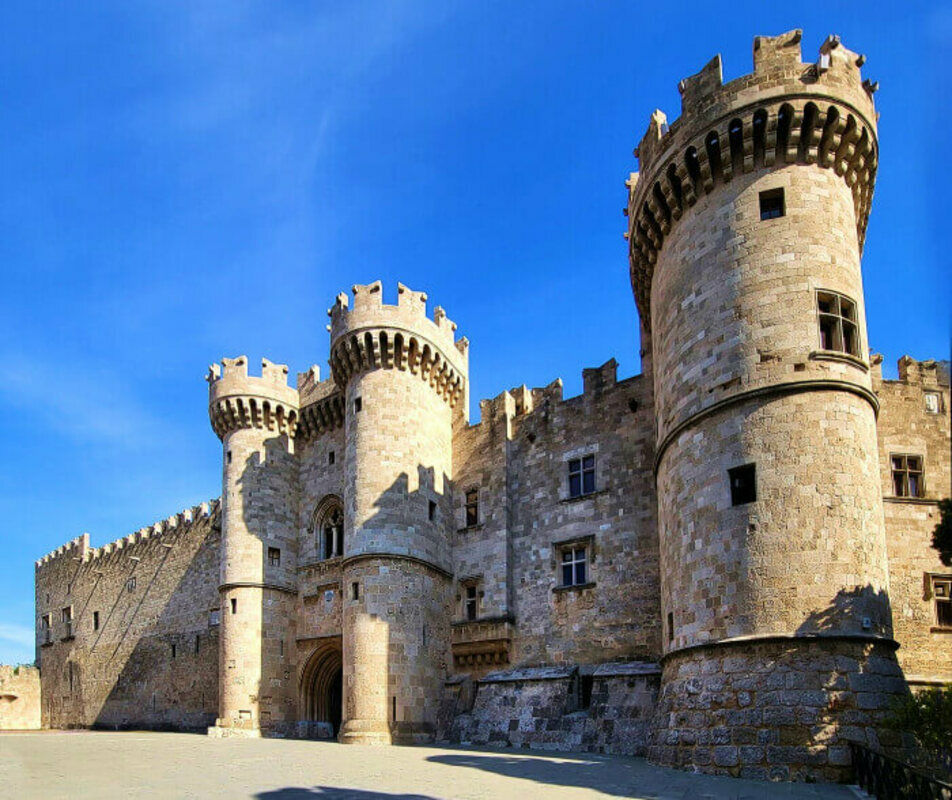
Old Town & the Street of the Knights
Beyond Castello, the knights built residences, a hospital, churches and more — forming today’s Gothic-lined Old Town atop ancient remains. The Street of the Knights is especially photogenic: stroll the cobbles past massive inns and houses toward the former hospital, now the Archaeological Museum. It preserves a striking XV–XVI-century atmosphere.
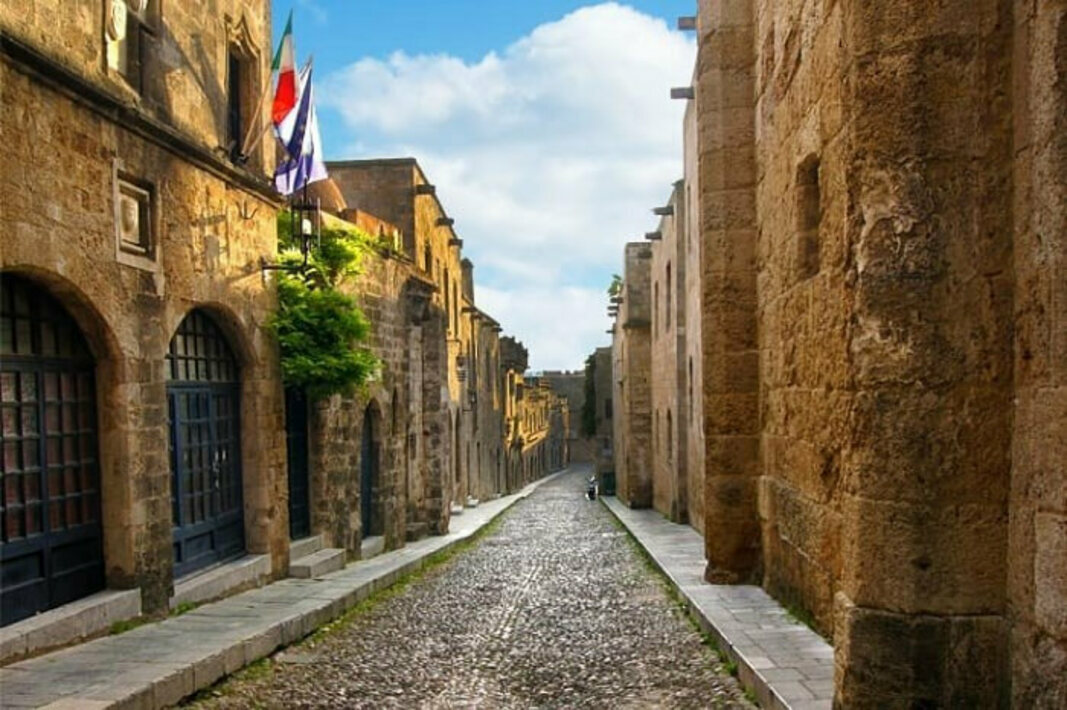
Mandraki Port
The Colossus of Rhodes — one of the Seven Wonders — stood by today’s Mandraki. The 36-meter bronze figure greeted sailors from afar. Destroyed by a 227 BCE earthquake, it was never rebuilt but inspired the Statue of Liberty (scale, waterfront siting, radiant “crown”). Mid-20th-century deer statues on tall columns mark the spot; nearby are crusader-era windmills, a lighthouse and St. Nicholas Church. Among the island’s three ports, Mandraki hosts the yacht marina. Book sea trips here.

Ancient ruins & cities
Don’t miss the Acropolis of Lindos with the Temple of Athena Lindia — Alexander the Great is said to have visited; St. Paul preached here. In the Monte-Smith park in modern Rhodes Town, see the stadium, theatre and remains of the Temple of Pythian Apollo. On Mount Filerimos you’ll find traces of the Mycenaean-Minoan era (3rd c. BCE) and the ancient city of Ialysos. The best-preserved urban site is Kamiros, easily reached by bus or car; abandoned after a 3rd-century BCE quake, its houses, temples, agora, baths, fountains and waterworks are still readable.
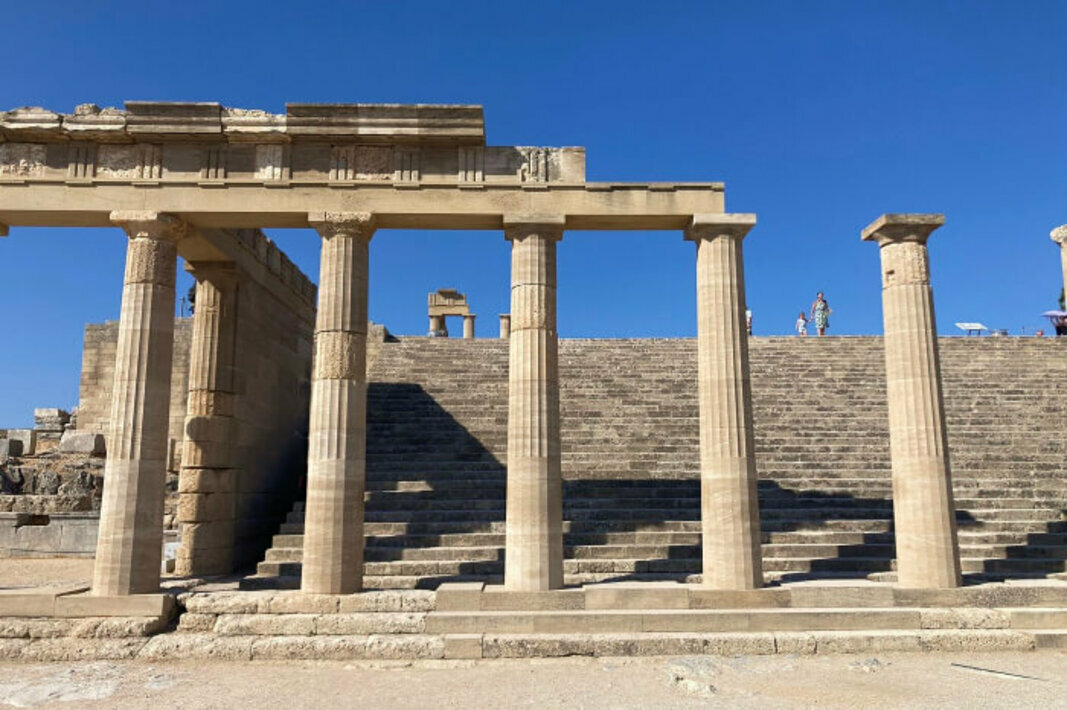
Lindos town
Lindos dates back to the 6th century BCE and preserves the whitewashed architecture and lifestyle of ancient Greek settlements. Cars are banned in the center, so donkeys are a local icon. The Hospitaller castle crowns the hill above the acropolis, adding to the town’s character.
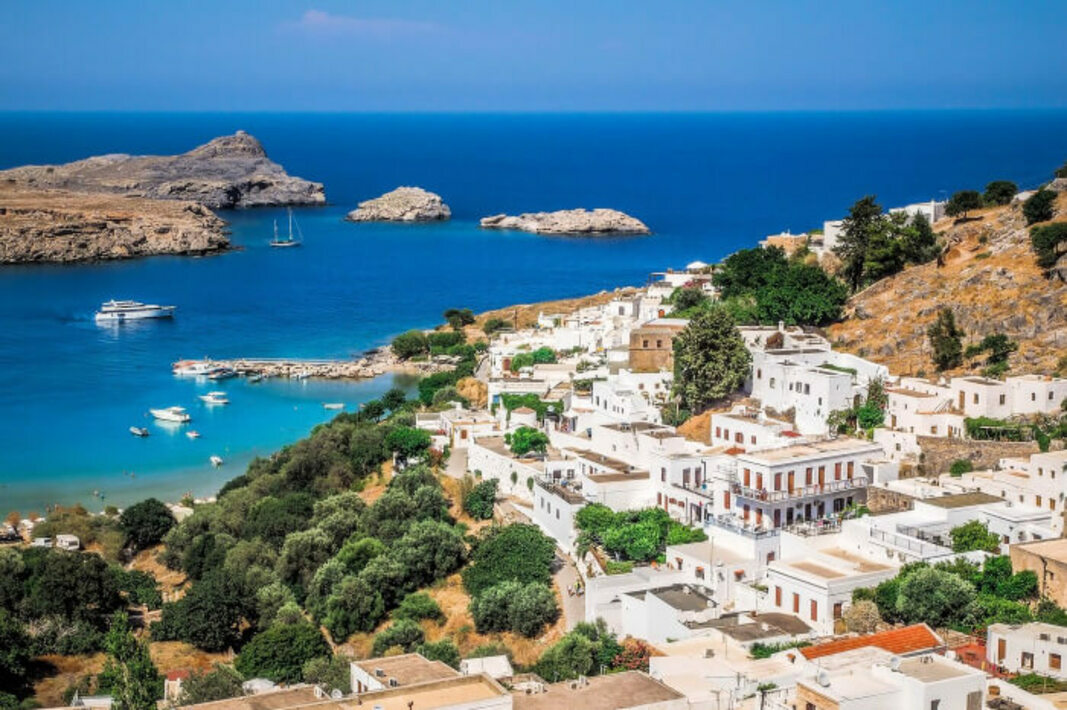
Crusader castles
For defense, the knights built fortifications across the island; many remain in part today. Besides Castello, the most visited are:
Fort of St. Nicholas (a.k.a. Windmills Tower), Rhodes Town;
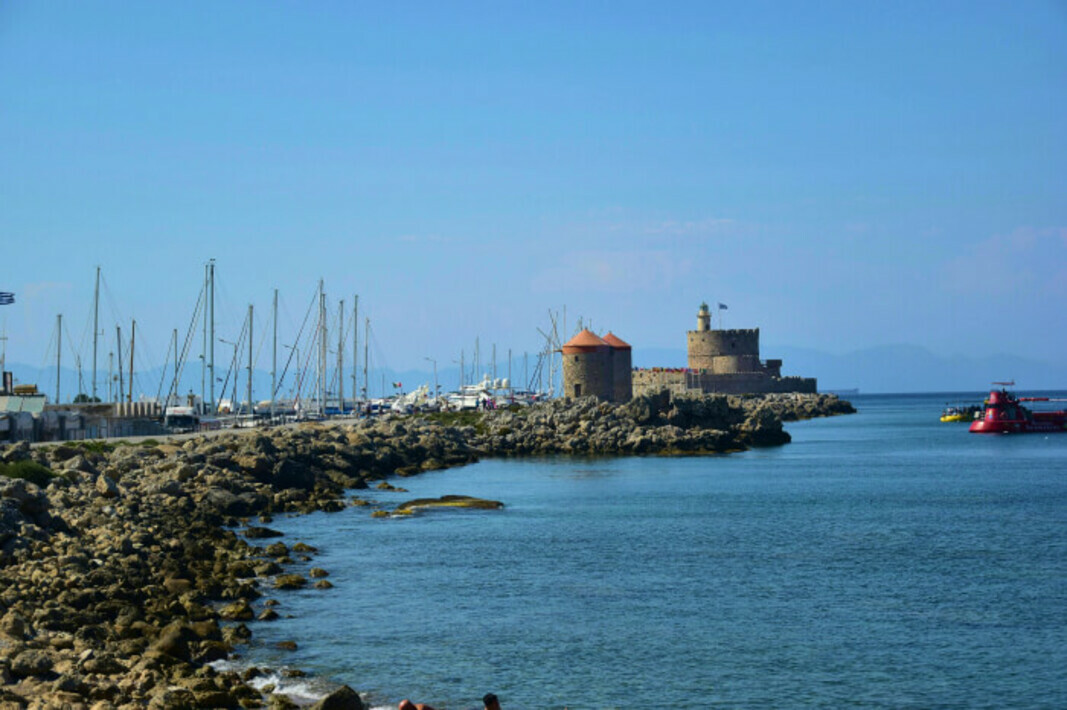
Monolithos Fortress — west coast;

Kritinia Castle — south of the island;
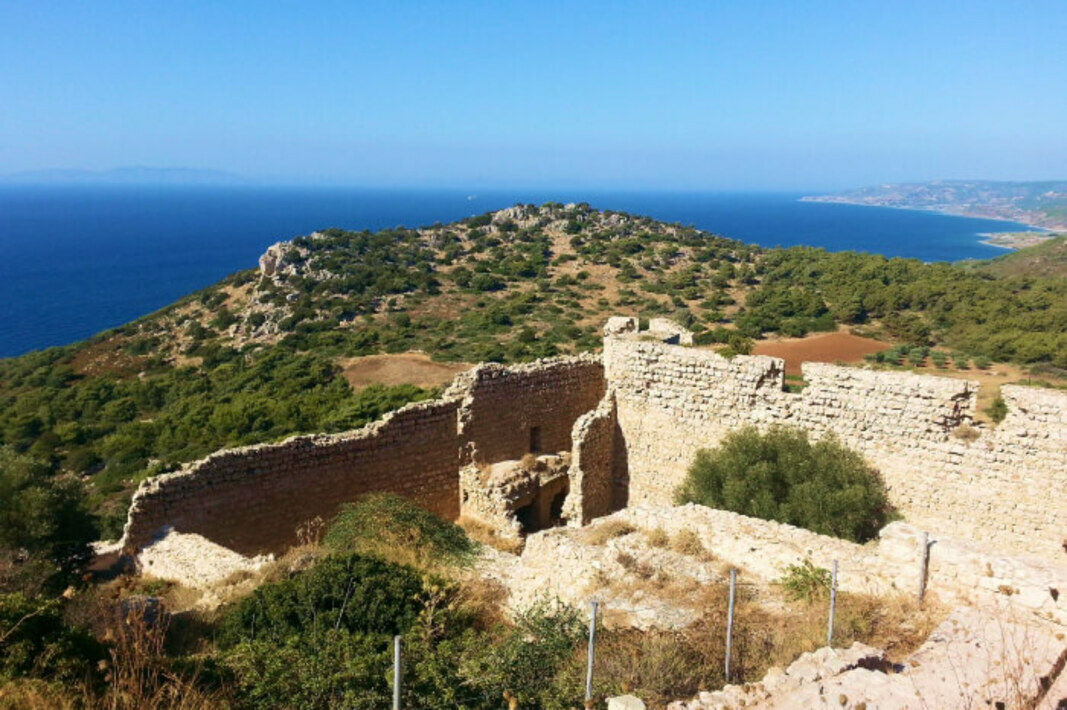
Feraklos Fortress — defensive ruins on the east coast.

Beaches & bays
Tour prices often reflect beach type near your hotel: sand or pebble, gentle entry, kids’ facilities, etc. West coast (Aegean) is breezier and cooler, mostly sandy with some pebble to the north. East coast (Mediterranean) is clearer, sandier, and shallower — better with kids. Top beaches by reviews: Faliraki, Lindos, Kolymbia, Elli, Tsambika, Anthony Quinn Bay, Rhodes Town Beach, Kallithea, Prasonisi, Ialyssos, Haraki, Gennadi, Pefkos, Kalathos.
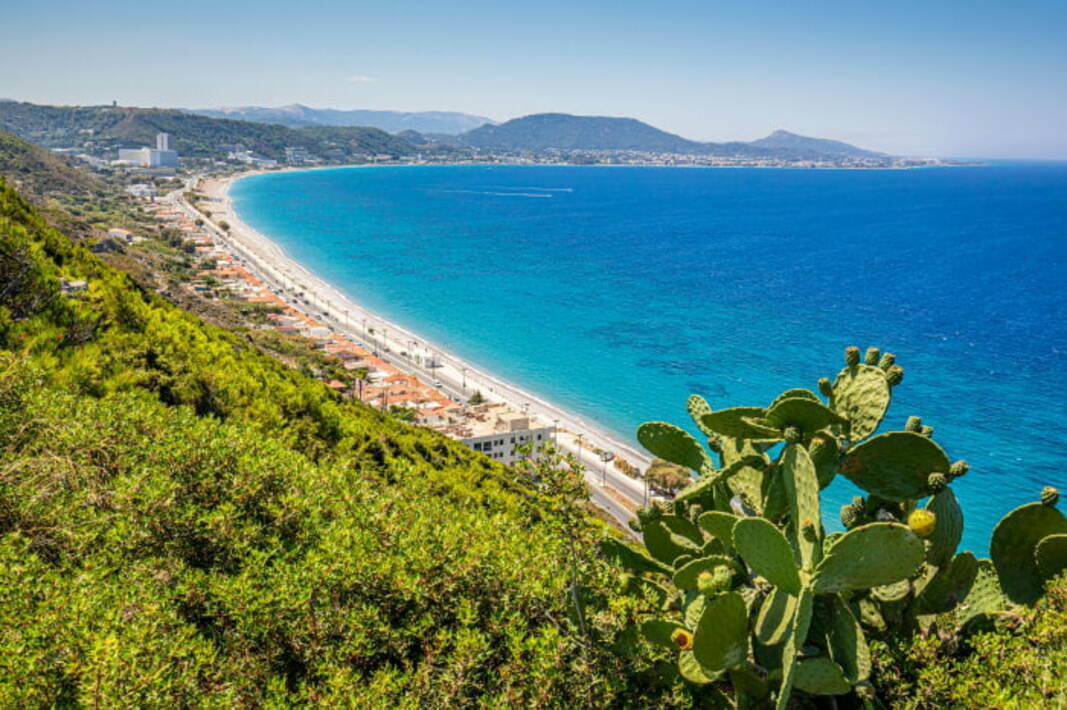
Valley of the Butterflies
This lush valley near Petaloudes fills with thousands of butterflies in summer, drawn by the resin scent of sweetgum trees. The synchronized take-offs are a magical sight. Peak is typically July–August.
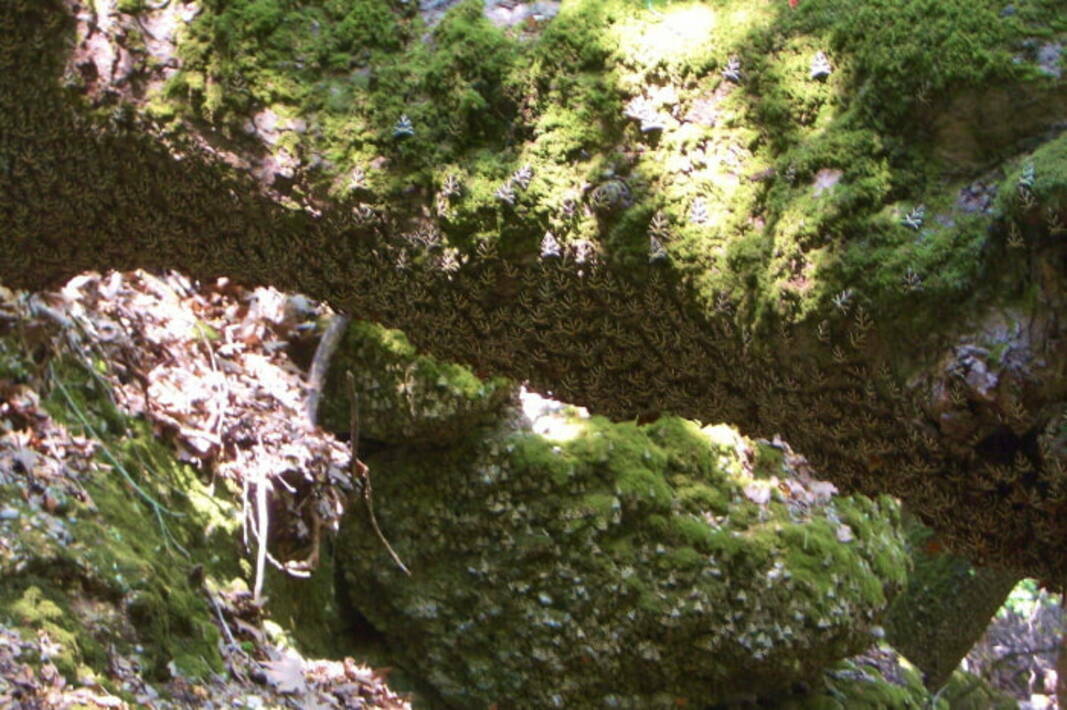
Tsambika Monastery & Orthodox shrines
Tsambika Monastery crowns a hill (~300 steps on foot) and is known among couples praying for a child.
Pilgrimage routes often include the Church of St. Nektarios in Faliraki, the Church of St. Panteleimon in Siana, and the Catholic Panagia in Lindos. On Mount Filerimos, the Shrine of the Virgin hosts both Orthodox and Catholic altars, and a 18-meter cross is reached by a symbolic “Way to Golgotha.”
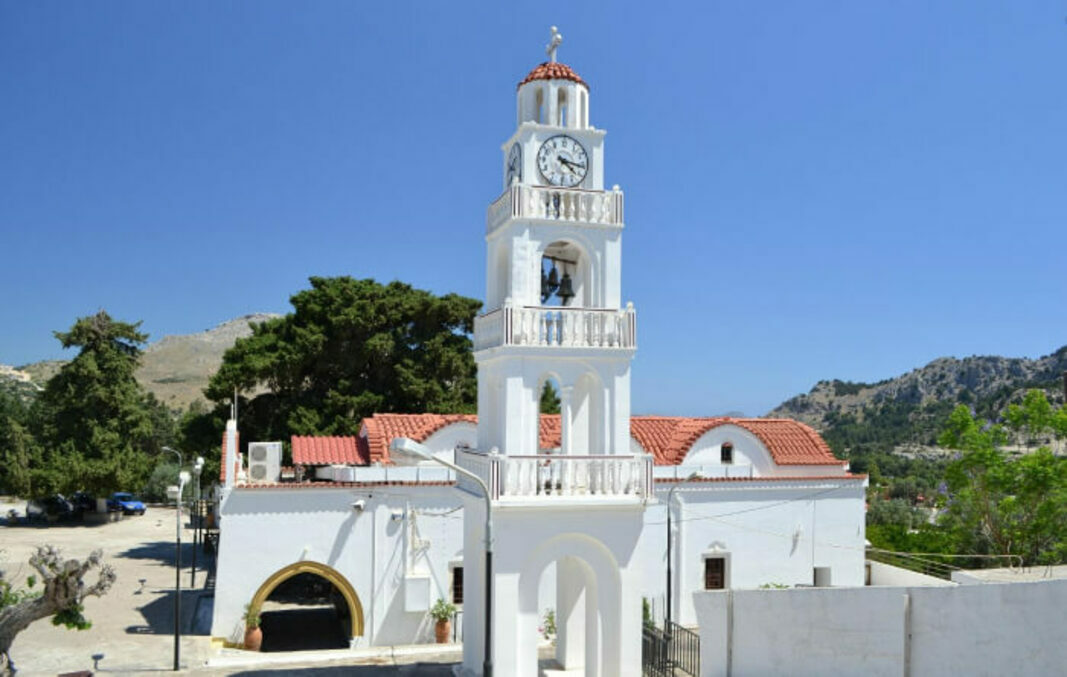
Tsambika Monastery
Kallithea Thermal Springs
Ancient Roman baths arose here in the 3rd century BCE; today, pools of hot and cold water, steam rooms and massage halls await. Mosaics, arcades and fountains survive, while domes over the pools showcase elegant engineering.
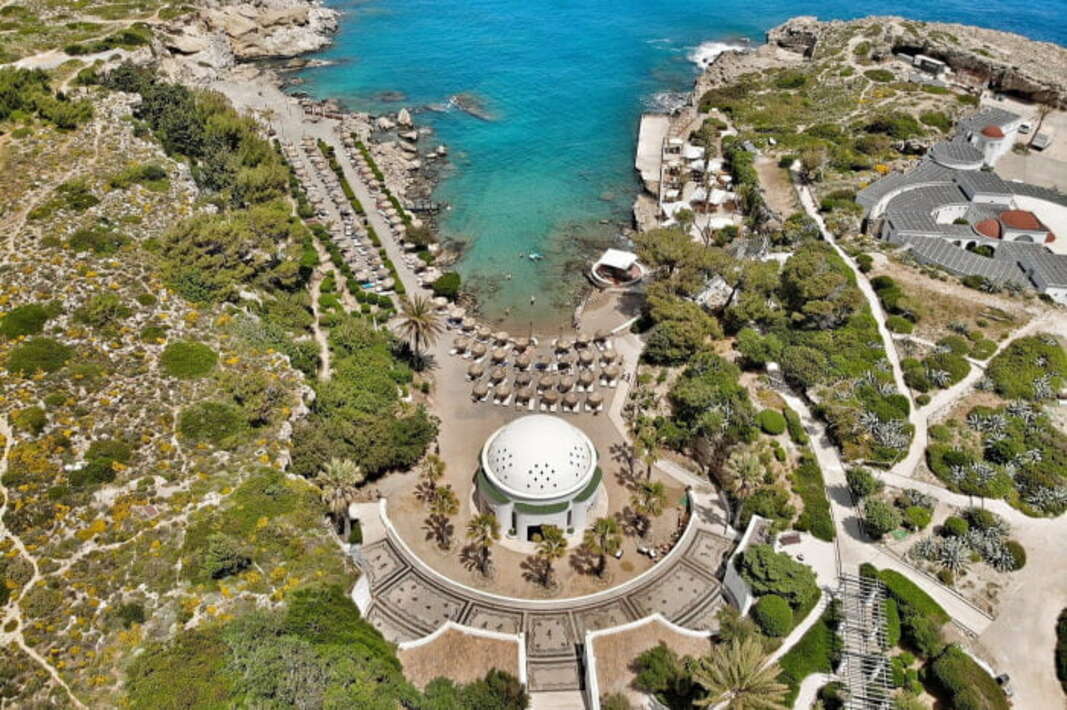
Archaeological Museum of Rhodes
Housed in the former knights’ hospital, this impressive stone complex displays priceless finds: ancient sculpture, mosaics, vessels, weapons, coins and daily objects. The star piece is the marble “Aphrodite of Rhodes” (1st c. BCE). Combo tickets with the Palace of the Grand Masters and more are often best value.
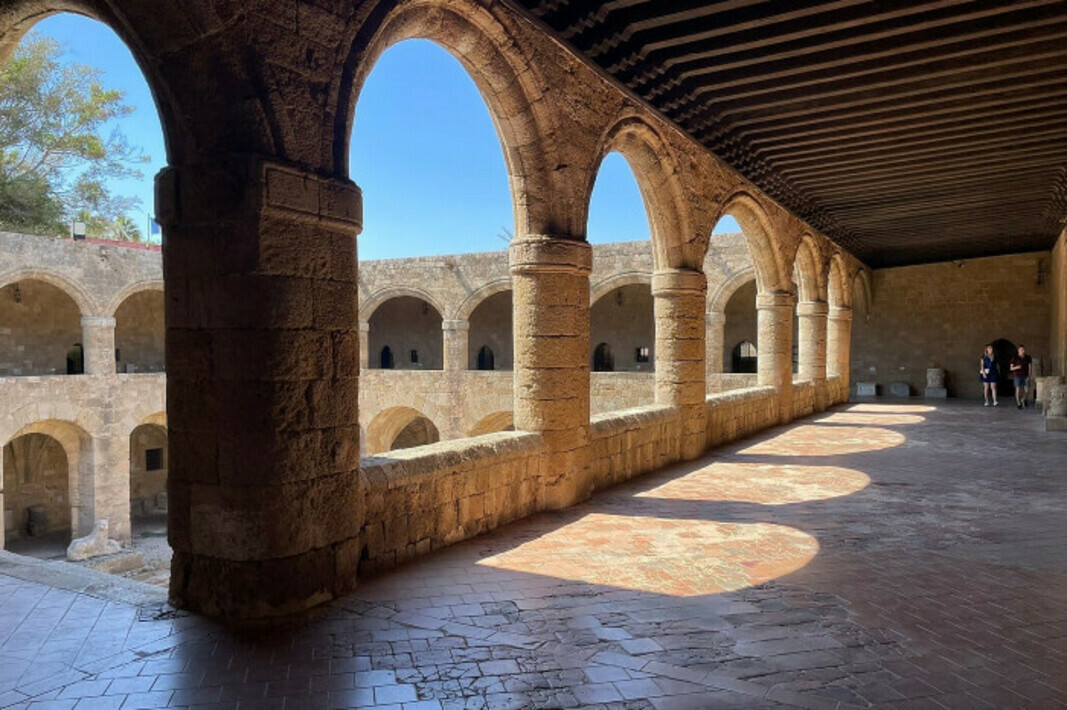
Jewish Quarter & Kahal Shalom Synagogue
The Jewish community has been present for over two millennia; Kahal Shalom is Greece’s oldest synagogue. Built in the late 16th century, it functioned until the 1930s; today it reopens during peak tourist season.
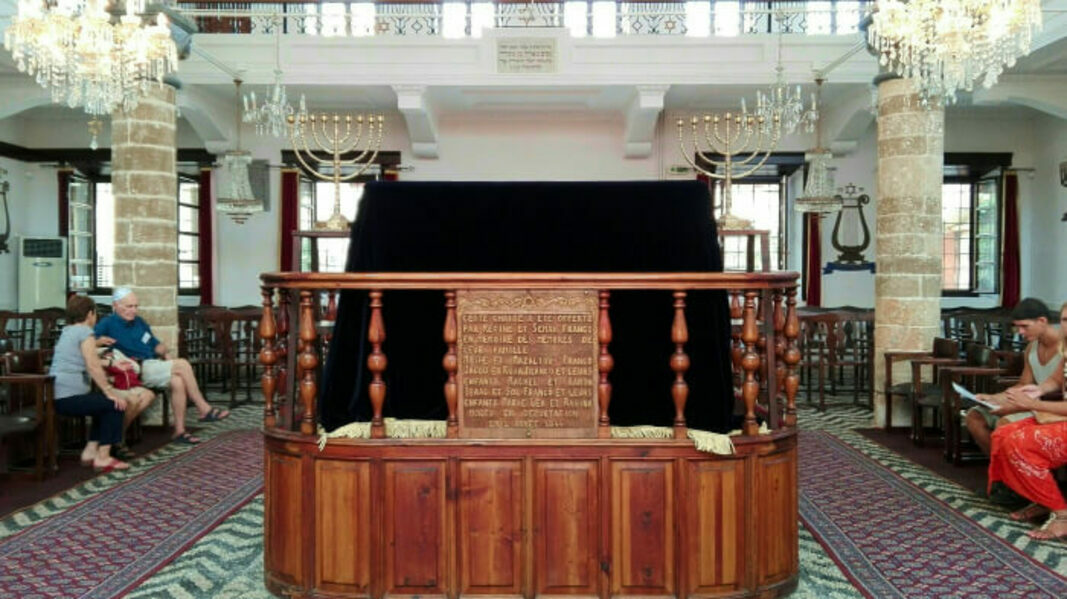
Suleymaniye Mosque
One of Rhodes’ most prominent Muslim landmarks, the Suleymaniye Mosque dates to the Ottoman era (16th century). Its bold colors and Ottoman forms stand out; climb the tower for sweeping Aegean views.
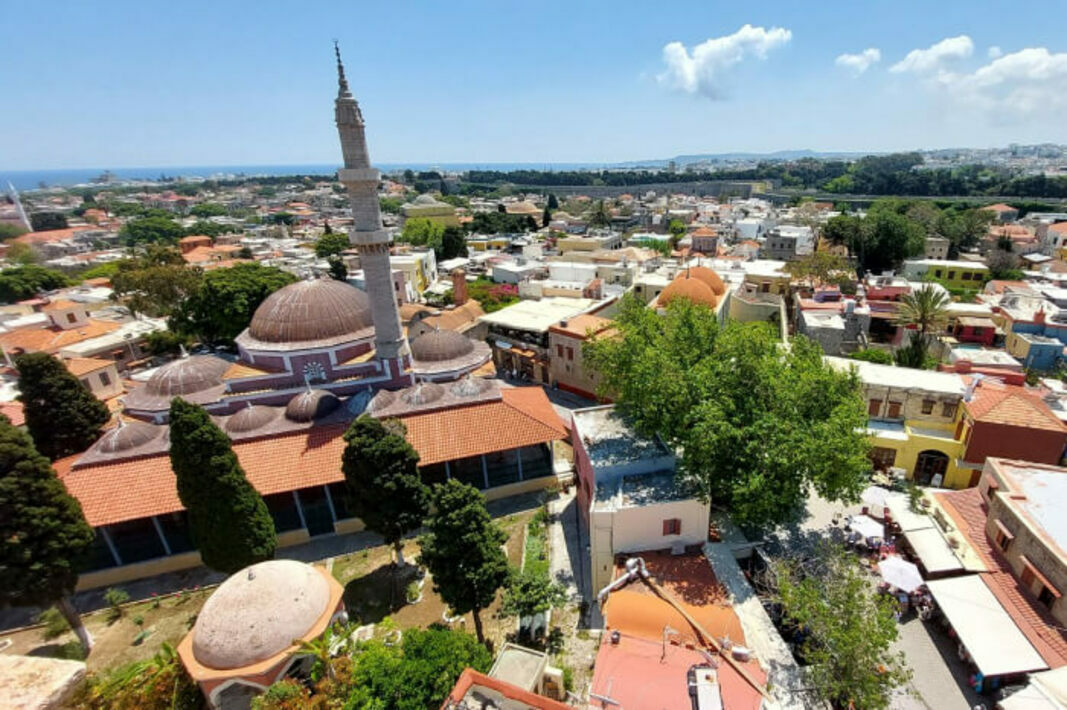
Ostrich Farm
Coming with kids? The Rhodes Ostrich Farm is a family favorite, home to ostriches, llamas, deer and more in a natural setting. Children can feed animals and learn fun facts; adults can pick up feather and egg souvenirs. There’s also a café serving ostrich dishes.

Natural sites
Prasonisi Cape is where the Aegean meets the Mediterranean. A narrow sandbar slips under water, creating two beaches with different conditions: wind and waves for wind/kite-surfing on the Aegean side; calmer Mediterranean waters for swimming.
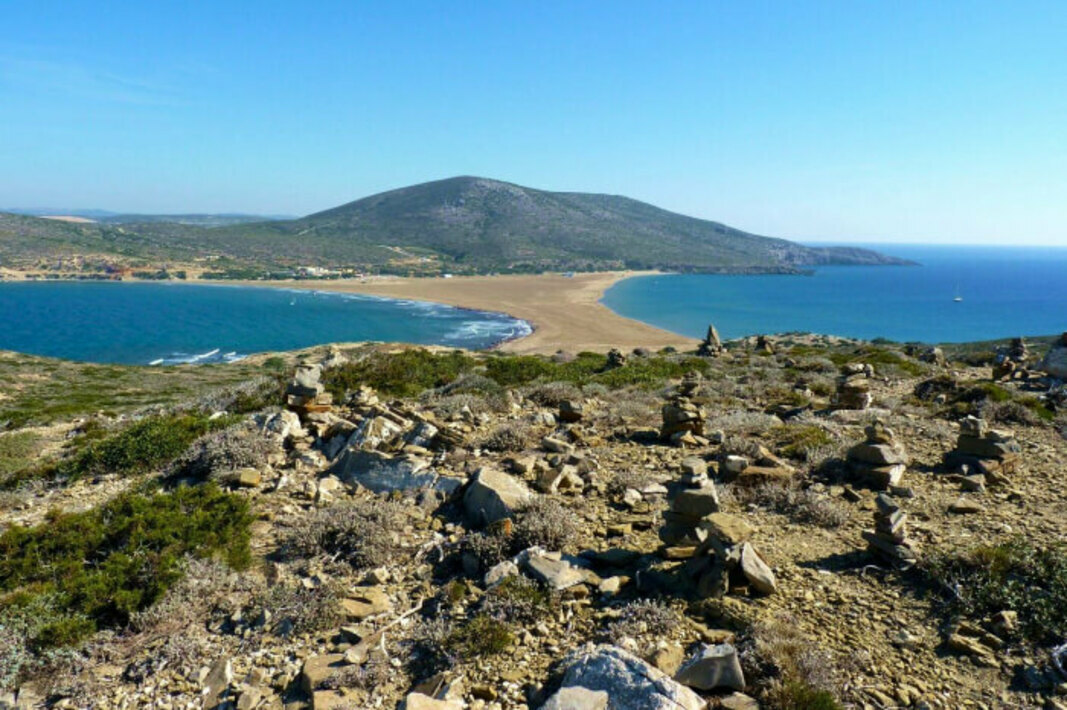
Seven Springs is a natural oasis: seven springs feed a lake in lush greenery. The signature experience is walking the unlit tunnel ankle-deep in water — a small challenge and a big memory.
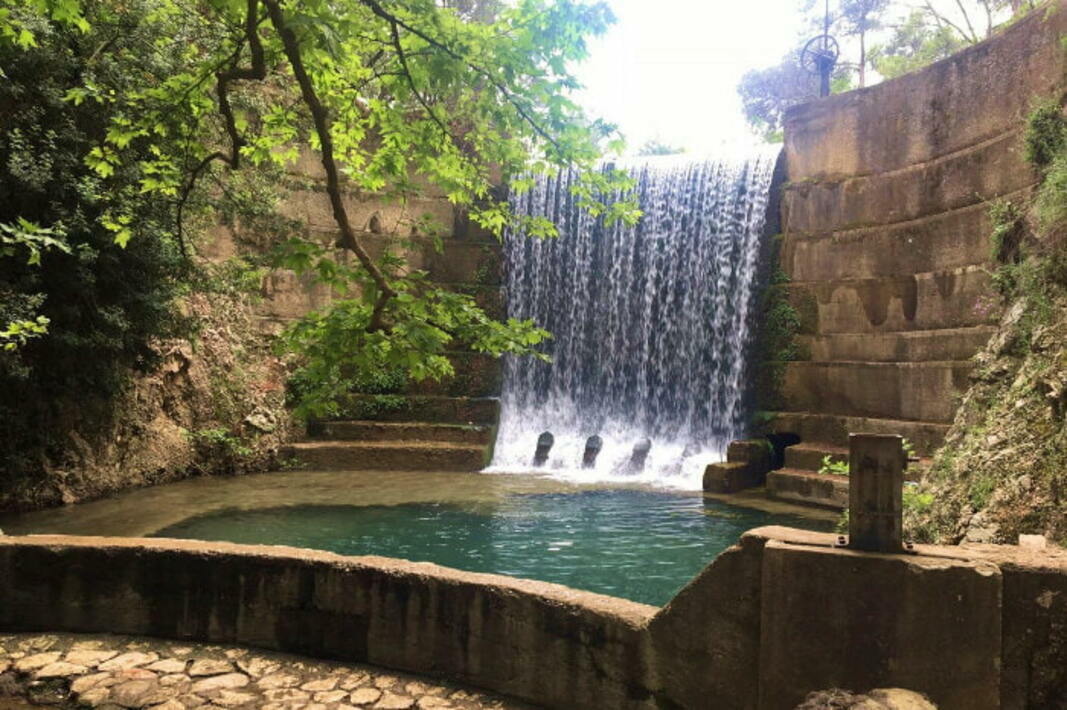
Rodini Park, just 3 km from Rhodes Town, is among Europe’s oldest landscaped parks — Cicero and Julius Caesar are said to have strolled here.
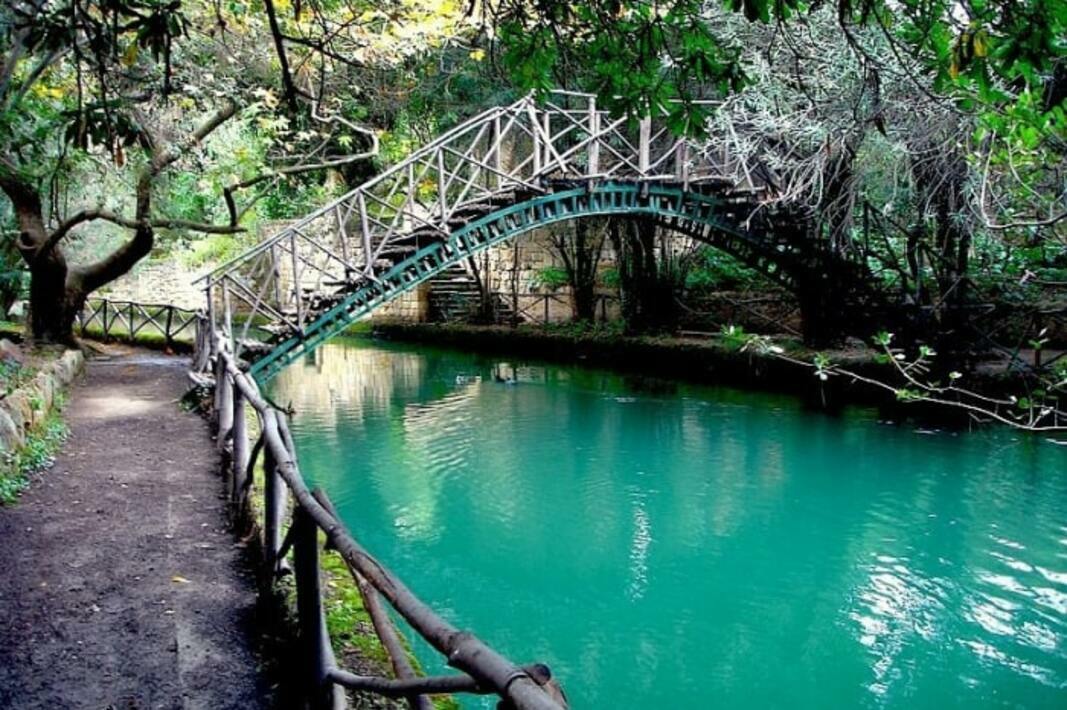
Getting around Rhodes
Public transport works well, so you can visit the main sights without a car (bike rentals too). Buses, taxis, ferries and tourist road trains operate (Rhodes Town, Valley of the Butterflies, Kiotari). Donkeys at some sights are the most “authentic” ride. Typical prices: tourist train €5–7; donkey ~€5; horse carriage ~€20/hour.
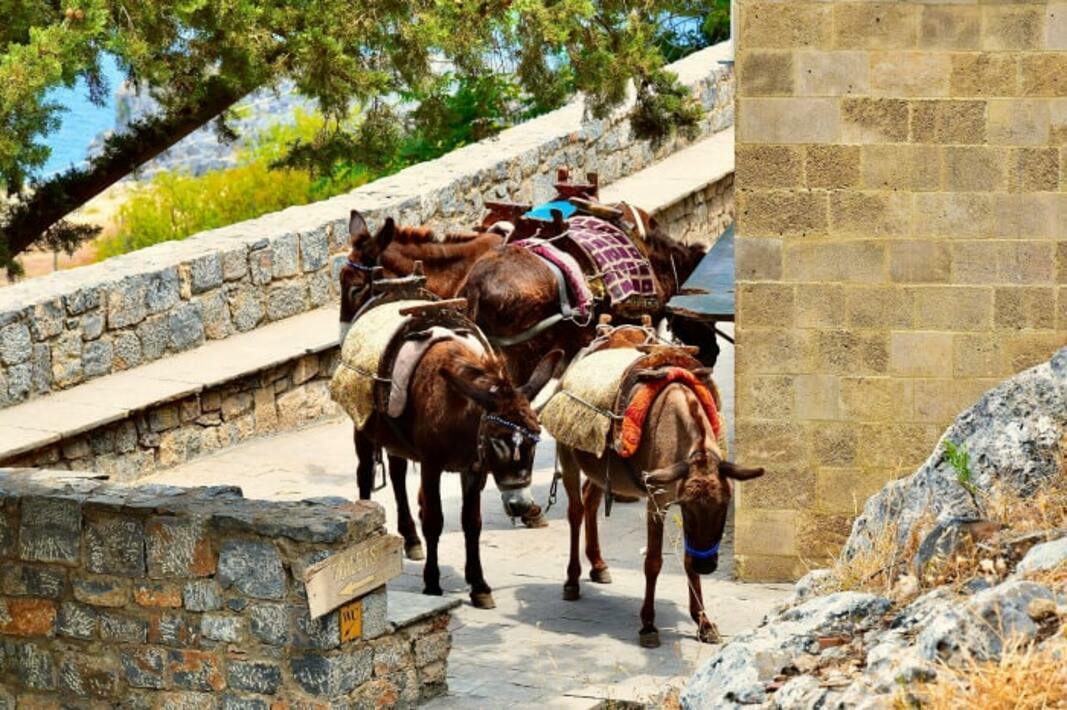
In short: Rhodes is not just an island but a treasury of cultural and historical heritage. From ancient temples to modern beaches, every corner breathes Mediterranean atmosphere. Your trip will be an unforgettable adventure, full of vivid moments and discoveries.
Explore Rhodes with us: see the most impressive sights and dive into its rich history and culture. Book tours and excursions today — make your holiday truly unforgettable!

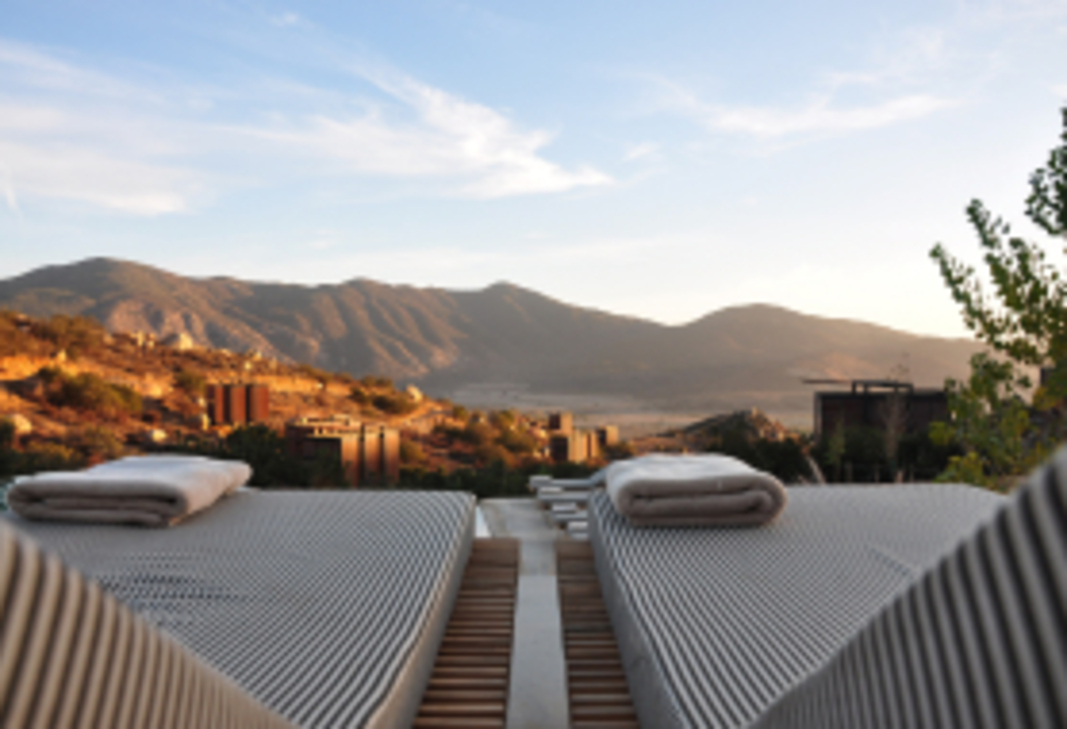
 Enter
Enter

